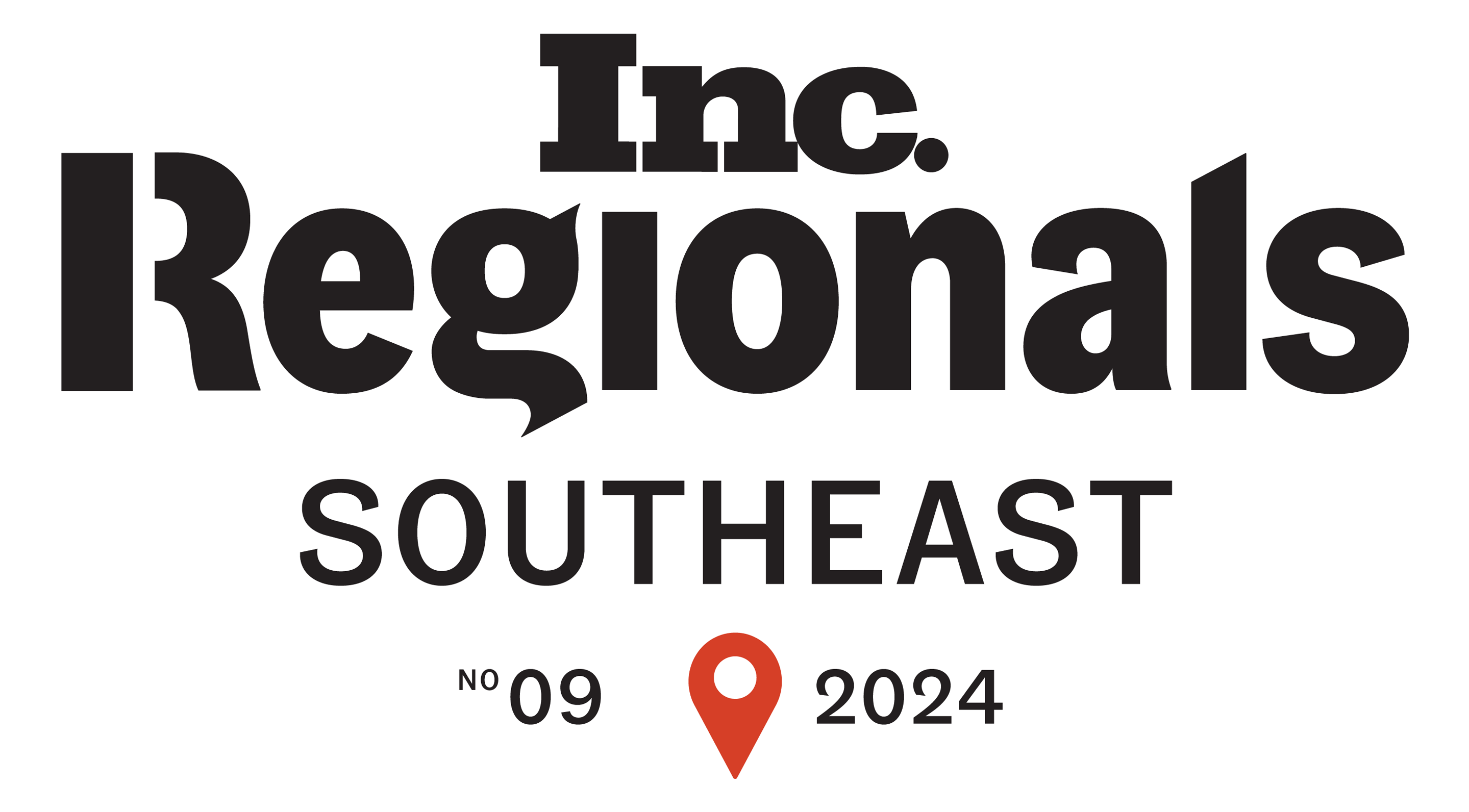Warranty management is crucial for manufacturers to maintain customer satisfaction, minimize costs, and protect their reputation. As businesses grow, managing warranties in-house can become complex and resource-intensive. Outsourcing warranty management offers a solution by providing expertise, streamlining processes, reducing costs, and enhancing customer experiences. It allows manufacturers to focus on core competencies while mitigating risks, ensuring compliance, and driving continuous improvement. In today's competitive landscape, outsourcing warranty management can provide a significant advantage, enabling superior customer service, reduced operational burdens, and long-term success.
Sign 1: Increasing Operational Expenses
One of the clearest indications that a manufacturer should consider outsourcing warranty management is the steady rise in operational expenses associated with in-house warranty processes. As the volume of warranty claims grows, so do the costs of labor, technology, and infrastructure required to manage them effectively. These expenses can include:
- Salaries for dedicated warranty staff
- Training and development costs
- Hardware and software investments
- Maintenance and upgrades of warranty management systems
Outsourcing warranty management can help manufacturers reduce these operational expenses by leveraging the economies of scale and specialized expertise of third-party providers. By shifting the burden of warranty management to an external partner, companies can benefit from cost savings without compromising on the quality of service.
Sign 2: Inadequate Customer Experience
Poor warranty management can have a significant impact on customer satisfaction and loyalty. If a manufacturer struggles to provide timely, efficient, and satisfactory resolution to warranty claims, it can lead to frustrated customers and negative word-of-mouth. Common customer complaints related to warranty management include:
- Long wait times for customer service
- Difficult processes for submitting claim claims
- Lack of transparency in the claims process
- Inadequate communication and updates
- Inconsistent or unfair claim decisions
Outsourcing warranty management to a specialized provider can help manufacturers enhance the customer experience by leveraging their expertise and streamlined processes. Third-party warranty management companies often have dedicated teams, advanced technology, and best practices in place to ensure prompt, accurate, and customer-centric handling of warranty claims.
Sign 3: Limited Focus on Core Business
Managing warranty processes internally can be a significant distraction for manufacturers, taking away valuable time and resources from their core business activities. As warranty management becomes more complex and demanding, it can hinder a company's ability to focus on product development, innovation, and growth. Some of the challenges manufacturers face when managing warranties in-house include:
- Allocating staff and resources to warranty management tasks
- Keeping up with evolving industry regulations and compliance requirements
- Adapting to changing customer expectations and preferences
- Integrating warranty management with other business processes
By outsourcing warranty management, manufacturers can free up internal resources and allow their teams to concentrate on core competencies. This strategic shift enables companies to prioritize activities that drive business growth, such as research and development, marketing, and sales, while ensuring that warranty management is handled efficiently by a specialized partner.
Sign 4: Risk Mitigation
Warranty management involves various risks, including legal compliance, financial liabilities, and reputational damage. Manufacturers must navigate a complex landscape of regulations, industry standards, and customer expectations to mitigate these risks effectively. Some of the risks associated with warranty management include:
- Non-compliance with warranty laws and regulations
- Inaccurate or inconsistent claim decisions
- Inadequate documentation and record-keeping
- Exposure to fraudulent claims and financial losses
Outsourcing warranty management can help manufacturers mitigate these risks by leveraging the expertise and industry knowledge of specialized providers. Third-party warranty management companies often have robust risk management frameworks, compliance protocols, and fraud detection mechanisms in place to protect their clients' interests.
For example, an outsourced warranty management provider can help a manufacturer stay up-to-date with the latest regulatory requirements, such as the Magnuson-Moss Warranty Act in the United States, and ensure that their warranty policies and processes are compliant. They can also implement advanced fraud detection algorithms to identify and prevent fraudulent claims, saving the manufacturer from potential financial losses.
Sign 5: Lack of Specialized Skills and Technology
Efficient warranty management requires a combination of specialized skills and advanced technology. Manufacturers may struggle to acquire and maintain these resources in-house, especially as warranty management becomes more complex and data-driven. Some of the challenges manufacturers face in this regard include:
- Attracting and retaining talent with warranty management expertise
- Investing in and maintaining specialized warranty management software
- Integrating warranty data with other business systems and processes
- Keeping up with the latest technology trends and best practices
Outsourcing warranty management provides manufacturers with access to a pool of specialized skills and cutting-edge technology. Third-party warranty management companies invest heavily in talent development and technology infrastructure to deliver best-in-class services to their clients. By partnering with an outsourced provider, manufacturers can benefit from:
- Experienced warranty management professionals
- Advanced warranty management software and tools
- Seamless integration with existing business systems
- Continuous improvement and innovation in warranty processes
Streamlining Warranty Management Processes
Warranty management involves a complex web of processes, from claim submission and validation to parts procurement and service fulfillment. Managing these processes efficiently
in-house can be challenging, especially as the volume and complexity of warranty claims increase. Some of the complexities involved in warranty management processes include:
- Handling multiple claim channels (e.g., phone, email, web)
- Validating claim eligibility and coverage
- Coordinating with suppliers and service providers
- Managing inventory and logistics for parts and replacements
- Providing timely and accurate customer communication
Outsourcing warranty management can help manufacturers streamline and optimize these processes by leveraging the expertise and best practices of specialized providers. Third-party warranty management companies often have well-defined processes, standard operating procedures, and performance metrics in place to ensure efficient and consistent handling of warranty claims.
For example, an outsourced warranty management provider can implement a centralized claim submission portal that simplifies the process for customers and ensures that all required information is captured upfront. They can also use advanced analytics and machine learning algorithms to automate claim validation and routing, reducing manual errors and processing times.
Cost Savings through Outsourcing
One of the primary benefits of outsourcing warranty management is the potential for significant cost savings. By partnering with a third-party provider, manufacturers can reduce their in-house warranty management expenses and benefit from the economies of scale and operational efficiencies of the outsourcing model. Some of the areas where manufacturers can achieve cost savings through outsourcing include:
- Labor costs: Outsourcing eliminates the need for dedicated in-house warranty staff, reducing salaries, benefits, and training expenses.
- Technology costs: Third-party warranty management companies invest in and maintain advanced technology infrastructure, spreading the costs across multiple clients.
- Process efficiency: Outsourced providers have streamlined processes and best practices in place, reducing waste and improving overall efficiency.
- Scalability: Outsourcing allows manufacturers to scale their warranty management operations up or down based on demand, without incurring fixed costs.
A cost-benefit analysis can help manufacturers quantify the potential savings of outsourcing warranty management. For example, a manufacturer with an annual warranty claim volume of 50,000 claims may spend $2 million per year on in-house warranty management. By outsourcing to a third-party provider, they may be able to reduce their costs to $1.5 million per year, resulting in a net savings of $500,000.

Technology Solutions for Outsourced Warranty Management
Outsourced warranty management providers often leverage advanced technology solutions, insuretech, to deliver efficient and effective services to their clients. These technology solutions can help manufacturers improve the accuracy, speed, and transparency of their warranty processes. Some of the key technology solutions used in outsourced warranty management include:
- Warranty management software: Integrated platforms that automate and streamline various aspects of warranty management, from claim submission and processing to reporting and analytics.
- Insuretech platforms: Warranty management software is part of the larger insuretech platforms in the industry. Insuretech developed by the best warranty management providers includes management of marketing and sale of warranty products, claims submission and entitlement, onboarding, contracting and management of 3rd party repair providers, dispatching repair providers and claim adjudication and payments.
- Mobile apps: Customer-facing applications that allow customers to submit claims, track progress, and access relevant information on their mobile devices.
- Artificial intelligence and machine learning: Advanced algorithms that can automate claim validation, fraud detection, and parts forecasting, improving accuracy and efficiency.
- Internet of Things (IoT): Connected devices and sensors that can capture real-time product performance data, enabling proactive warranty management and predictive maintenance.
- Blockchain: Distributed ledger technology that can provide secure, transparent, and tamper-proof record-keeping for warranty transactions and data.
By leveraging these technology solutions, outsourced warranty management providers can help manufacturers enhance the customer experience, reduce costs, and gain valuable insights into product performance and customer behavior.
Best Practices for Outsourcing Warranty Management
To ensure a successful outsourcing experience, manufacturers should follow best practices when selecting and working with a third-party warranty management provider. Some key considerations and steps include:
- Define clear goals and objectives: Establish specific, measurable, and achievable goals for outsourcing warranty management, such as cost reduction targets, claims cycle time, customer satisfaction scores, and process efficiency metrics.
- Evaluate provider capabilities: Assess potential outsourcing partners based on their experience, expertise, technology infrastructure, and track record in delivering warranty management services.
- Establish service level agreements (SLAs): Define clear performance expectations and metrics in the outsourcing contract, including response times, resolution rates, and customer satisfaction targets.
- Ensure data security and compliance: Verify that the outsourcing provider has robust data security measures and complies with relevant industry regulations and standards, such as CPRA, GDPR, HIPAA, and ISO 27001.
- Implement effective communication and collaboration: Establish clear communication channels and protocols between the manufacturer and the outsourcing provider, including regular status updates, performance reviews, and issue escalation procedures.
- Monitor and measure performance: Continuously monitor and measure the performance of the outsourced warranty management operations against the established SLAs and metrics, and take corrective actions as needed.
By following these best practices, manufacturers can minimize the risks and maximize the benefits of outsourcing warranty management, ensuring a smooth transition and a successful long-term partnership.
ROI of Outsourcing Warranty Management
Measuring the return on investment (ROI) of outsourcing warranty management is crucial for manufacturers to justify the decision and quantify the benefits. The ROI calculation should consider both the cost savings and the revenue impact of outsourcing. Some of the factors to include in the ROI calculation are:
- Reduction in warranty costs (e.g., labor, technology, parts)
- Improvement in customer satisfaction and loyalty
- Increase in revenue from extended warranty sales
- Reduction in product return rates and associated costs
- Efficiency gains and productivity improvements
Manufacturers should also consider the long-term strategic benefits of outsourcing warranty management, such as the ability to focus on core competencies, improve product quality, and enhance brand reputation, which may not be immediately quantifiable but can have a significant impact on the business over time.
Current Trends in Outsourcing Warranty Management
The outsourcing of warranty management is evolving rapidly, driven by advances in technology, changing customer expectations, and the increasing complexity of global supply chains. Some of the current trends shaping the industry include:
- Digitalization and automation: The increasing adoption of digital technologies, such as artificial intelligence, machine learning, and the Internet of Things, is transforming warranty management processes, enabling faster, more accurate, and more efficient claim processing and decision-making.
- Customer-centric approaches: Outsourced warranty management providers are focusing more on delivering seamless, personalized, and convenient customer experiences, leveraging technologies such as mobile apps, chatbots, and self-service portals.
- Predictive analytics: The use of advanced analytics and predictive modeling is enabling proactive warranty management, allowing manufacturers to identify potential issues before they occur and take preventive actions to minimize costs and improve customer satisfaction.
- Blockchain integration: The integration of blockchain technology into warranty management processes is enabling secure, transparent, and tamper-proof record-keeping, reducing the risk of fraud and errors and improving trust and accountability.
- Global service networks: Outsourced warranty management providers are expanding their global service networks and partnerships to provide faster, more localized support to manufacturers and their customers, regardless of their geographic location.

Manufacturers should stay informed about these trends and assess how they can leverage them to optimize their warranty management operations and stay competitive in the market.
Challenges and Considerations in Outsourcing Warranty Management
While outsourcing warranty management can offer significant benefits, manufacturers should also be aware of the potential challenges and risks involved. Some of the key challenges and considerations include:
- Data security and privacy: Outsourcing warranty management involves sharing sensitive customer and product data with a third-party provider, which can raise concerns about data security and privacy. Manufacturers should ensure that the outsourcing partner has robust data protection measures in place and complies with relevant regulations.
- Cultural and language barriers: When outsourcing warranty management to a global provider, manufacturers may face cultural and language barriers that can impact communication, collaboration, and customer service quality. It is important to select a provider with experience in managing cross-cultural teams and providing multilingual support.
- Integration with existing systems: Integrating the outsourced warranty management operations with the manufacturer's existing systems and processes can be complex and time-consuming. Manufacturers should work closely with the outsourcing partner to ensure seamless integration and data flow between systems.
- Loss of control: Outsourcing warranty management can result in a loss of control over the process and a reduced ability to make quick changes or adjustments. Manufacturers should establish clear governance mechanisms and communication channels to ensure that they maintain visibility and control over the outsourced operations.
By carefully considering these challenges and risks, and taking proactive steps to mitigate them, manufacturers can ensure a successful and sustainable outsourcing partnership for warranty management.
Making the Decision to Outsource Warranty Management
Outsourcing warranty management can be a strategic decision for manufacturers looking to reduce costs, improve efficiency, and enhance customer satisfaction. The signs that a company should consider outsourcing warranty management include:
- Increasing operational expenses
- Inadequate customer experience
- Limited focus on core business
- Risk mitigation
- Lack of specialized skills and technology
Taking the Next Steps
At OnPoint Warranty, we understand the complexities and challenges that manufacturers face when considering outsourcing their warranty management operations. We know that the decision to outsource is not one to be taken lightly, and that it requires careful consideration of the potential benefits, risks, and implications for your business. That's why we've built a team of experienced professionals who are dedicated to helping manufacturers like you navigate this complex landscape and make informed decisions that drive real results.
Our comprehensive warranty management services solutions are designed to deliver cost savings, process improvements, and access to advanced insurance technology and expertise, all while allowing you to focus on your core competencies. We take the time to understand your unique needs and priorities, and we work closely with you to define clear goals and objectives for outsourcing. Our rigorous evaluation process ensures that we only recommend outsourcing partners who have the capabilities, experience, and track record to deliver the results you need. And our strong governance mechanisms, communication channels, and performance metrics ensure that your outsourcing partnership is successful and sustainable over the long term. If you're ready to explore the benefits of outsourcing your warranty management operations, we invite you to get in touch with us today. Let us help you unlock the full potential of your warranty management operations and deliver better outcomes for your customers and your business.








